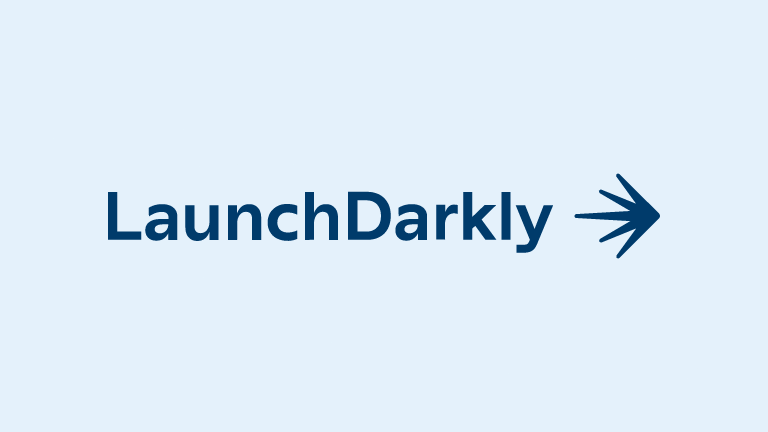
Imagine building on that system to add custom functionality, such as a call center or order processing. Think of all the extra equipment, servers, software, and a highly trained workforce needed to install, manage, and keep things running. The telecom network is an old network laden down with specialized protocols, wiring, and equipment connected to specific carriers. Dealing with such a network can be, and mostly is, a hassle. Instead of choosing this network to build your business’ communications platform, what if you chose a platform built on the Internet?

Twilio is also an omnichannel platform. This means it’s more than just phones but also SMS, chat, email, and Internet apps like WhatsApp. As a Platform as a Service (PaaS), Twilio is a bridge between telephone carriers and the Internet. This platform is not only highly available and reliable but allows for easy deployment, zero equipment buy-in, and full customization. With such flexibility, developers can easily add and extend Twilio’s functionality for your specific business needs.
Dealing with a telecom network can be, and mostly is, a hassle. Instead of choosing this network to build your business’ communications platform, what if you chose a platform built on the Internet?
Imagine your business communicating with customers so they can place orders, get information, or need assistance. In the past, you might have to deal with a proprietary system of hardware and equipment that works with the telephony network: the telecoms. Telecoms are controlled by carriers, and behind them is a complex world of languages, protocols, and hardware that are part of the global telephone network.
The differences between a telephony-based system and Twilio’s suite of products can be quite dramatic. As you may know, a call center provided by a telecom might involve IVR (Interactive Voice Response) technology; a menu option system operated either via the phone’s keypad or your voice. Purchasing a dedicated IVR can severely limit your choices to a few phone carriers. Not only will your business have to purchase or rent additional equipment, but you could also be tied down to a specific usage plan. Any customization needed could be time-consuming as well as costly.
Go Deeper with this Terazo webinar replay: Three Trends Driving The Programmable Contact Center
Twilio has more features, such as programmable voice and omnichannel communications. Build a mobile-based experience using Twilio Frontline to provide chat for your customers. Present video and send email. Do more with your customer data with Twilio Segment: understand your customers, connect to CRM, sales, marketing, and data metrics to provide a clear vision of your customer communications.
Twilio’s cloud contact center goes beyond a phone-based call center and offers many more communication channels—SMS, text, web, email, video, and chat. Twilio’s suite of products is built on Internet protocols. Your cloud contact center, dashboard, and reports are all available with a few clicks of a web browser or even from your smartphone. Plus, your business does not have to worry about maintaining infrastructure or staff an entire department of technicians and engineers to support your cloud contact center. Twilio’s Super Network of carriers and communication channels maintains optimal traffic routing and offers 99.995% uptime of its open APIs.
Compare the differences for yourself:
| Telephony Network | Twilio Cloud Contact Center |
| Carrier-based, costlier to deploy and develop. | Super Network and Open APIs provide rapid deployment with easier development matched to global reliability. |
| Requires hardware, servers, facilities, and staff. | No hardware or infrastructure buy-in; Twilio is a cloud-based, Platform-as-a-Service (PaaS). |
| Customization of an OTS (Off the Shelf) system can be difficult and costly. | Twilio Flex’s contact center is web-based and designed for customization. |
| IVR limited to voice and SMS. | Communicate with customers via voice, SMS, text, chat, email, and web apps. |
| Carrier-based IVR plans can be expensive, plus unexpected costs for overages and additional phone lines. | Usage-based pricing adapts to actual use versus plan limits. Existing phone numbers can be ported over. New phone numbers, even toll-free, are easily obtained. |
| Important customer data is siloed: voice recordings in one place while CRM data, sales, and marketing kept in other applications or systems. | Connect your communication data across systems with Twilio Segment: improve customer experiences, open new channels, and maintain accurate customer data. |
With Twilio, do more with your customers than just phone menus: Twilio’s cloud services connect your business to video and email, marketing campaigns, financial services, and sales reporting. And Twilio’s usage-based pricing model allows your business to scale up or down without extra fees or unexpected overages.
Twilio’s suite of products is more than a call center; it adds up to an entire communications platform. By building off Twilio’s robust cloud-based architecture, your business can improve communications with your customers—and maybe even leave the phone menu behind.
Terazo is a Twilio Gold Partner with over 40 successful joint customer engagements. Learn more by contacting us at hello@terazo.com or visit us at https://terazo.com/twilio.





